Dictionary of Space Concepts
The Dictionary of Space Concepts (DSC) provides not only the basis for the advanced English language classes of the Multilingualism Programme; it also serves as larger online support platform for all UNIVERSEH students, with the aim of training specific space terminologies across various fields connected to the space sector. The DSC combines core space concepts and with helpful illustrations, all in an open-project format, which is freely available to everyone inside and outside UNIVERSEH. We welcome your contributions, comments, and expertise!
Do you want to take part of developing the Dictionary of Space Concepts? Enrol in the Collaborative Dictionary of Space Concepts.
Special | A | B | C | D | E | F | G | H | I | J | K | L | M | N | O | P | Q | R | S | T | U | V | W | X | Y | Z | ALL
C |
|---|
Constellation | |||||||||||
|---|---|---|---|---|---|---|---|---|---|---|---|
Term/Concept: constellation Image/Video/Audio: Image/Video/Audio Source: Short Definition:
Detailed Definition:
Etymology:
Sample Sentence(s):
Translations of Terms/Concepts into Partner Languages [Multiple fields for entering the translation of the term in each partner language, additional languages can potentially be added, e.g. Russian, Chinese, Portuguese] French:
German:
Polish:
Swedish:
Links to Videos/Articles:
| |||||||||||
Cosmos | ||
|---|---|---|
Image: Source: Short Definition: The concept of an organized system with pattern and order in the universe. Detailed Definition: The idea of the physical universe as a whole system, one having order and pattern. The understanding of the cosmos has been evolving with new discoveries about the universe. This leads to the definition of cosmology as the history of the study of the cosmos as a whole. Etymology: Cosmos comes from the Latin Kosmos, which means order or world. Sample Sentence(s): The cosmos may now be represented digitally by scientists. Scientists are hunting for hints as to how the universe came into being. Translations of Terms/Concepts into Partner Languages French: cosmos German: Kosmos Polish: kosmos Swedish: kosmos Links to Videos/Articles: https://www.nationalgeographicla.com/cosmos https://www.researchgate.net/publication/363520256_The_Infinite_Cosmos_Ebo_S | ||
Crater | |||
|---|---|---|---|
Source: Short Definition: An impact crater is a circular depression in the surface of a solid cosmic body shaped by the hypervelocity collision of a smaller object. Impact craters are the major geographic features on a lot of solid Solar System objects, including the Moon, Mercury, plus the majority of small moons and asteroids. Detailed Definition: An impact crater is a circular distortion on the surface of a celestial body caused by the collision of a meteorite, asteroid or comet. Craters are the most common features of the exterior of rocky and rock-ice bodies in the Solar System. The observed number of craters contains data about the age of the geological structure covered by them. Impact craters should be distinguished from similar structures of other origin, for instance, volcanic craters. Etymology: First coined in 1613, from Latin crātēr (“basin”) and from Ancient Greek κρᾱτήρ (krātḗr, “mixing-bowl, wassail-bowl”). Sample Sentence(s): "Because of the many missions studying Mars since the 1960s, there is good coverage of its surface, which contains large numbers of craters." Translations: French: Cratère German: Krater Polish: Krater Swedish: Krater Links to Videos/Articles: | |||
Cube Sat | ||
|---|---|---|
Source: https://en.wikipedia.org/wiki/CubeSat#/media/File:Ncube2.jpg Short definition: A cube satellite is a standardized
miniature satellite, widely used for simpler tasks that require orbital
position, as well as for engineering project and research. Due to standardized dimensions
and small size, cube sats, as they are also known, are much more affordable than regular big satellites Detailed Definition: CubeSats is a class of miniaturized satellite that weight less than 2kg and are usually shaped as a 10cm cube (10cm is referred to as 1U). They are put into orbit by ISS or launched as secondary payload. As of end of 2021, more than 1600 of them have been launched. Cube sats are usually used for experiments that involve hardware which can be miniaturized, like earth observation, amateur radio or research projects. They are also used to demonstrate spacecraft technologies that are either designed for a small satellites or are too expensive or uncertain to safely involve them into a regular size satellite. Etymology: Cube – Greek - (kybos) a six-sided die Sat – Latin – (satelles) attendantSample Sentence(s): "CubeSats are employed to demonstrate spacecraft technologies." "Like larger satellites, CubeSats often feature multiple computers handling different tasks in parallel including the attitude control." Translations: French: cube satellite German: der Würfelsatellit Swedish: kubformad satellit Polish: satelita sześcianu Links to videos/articles: https://www.asc-csa.gc.ca/eng/satellites/cubesat/what-is-a-cubesat.asp | ||
UNIVERSEH is an alliance of:
All rights reserved. Funded by the European Union. Views and opinions expressed are however those of the author(s) only and do not necessarily reflect those of the European Union or the European Education and Culture Executive Agency (EACEA). Neither the European Union nor the granting authority can be held responsible for them.









